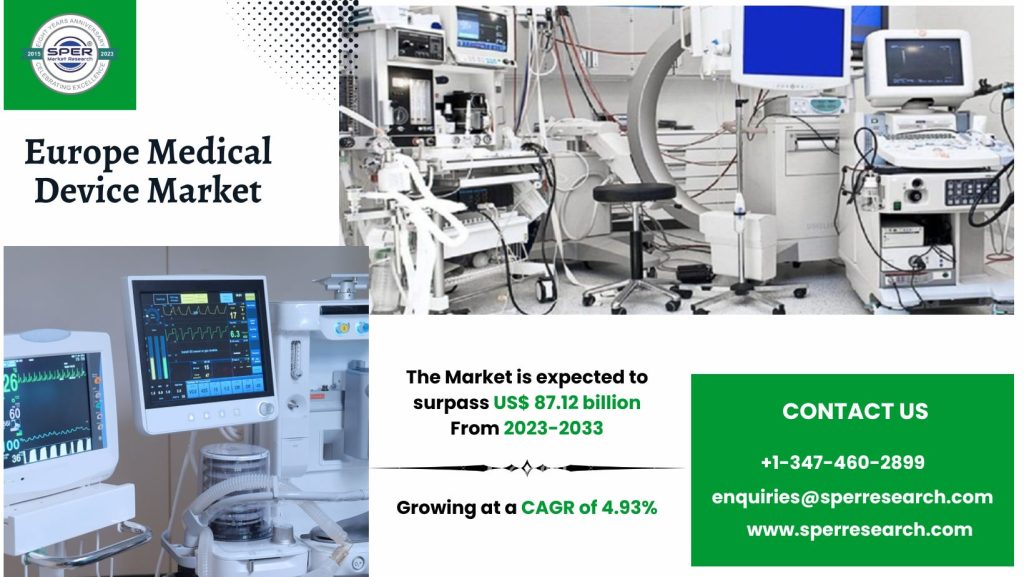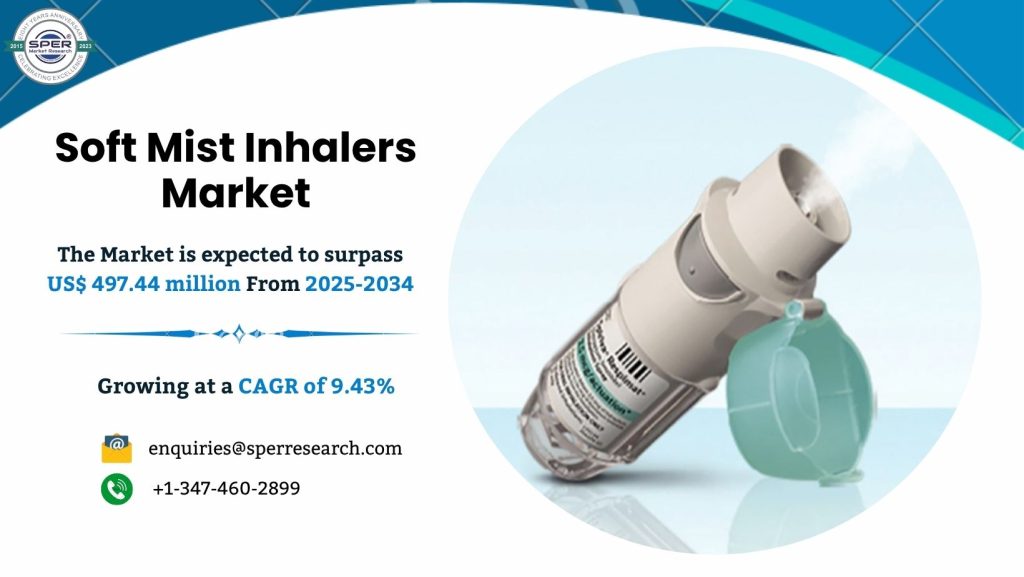Digital health refers to the integration of digital technologies into healthcare to enhance the quality, efficiency, and accessibility of medical services. It includes tools such as telemedicine, wearable devices, mobile health apps, electronic health records (EHRs), and artificial intelligence (AI) systems. These technologies allow remote monitoring, virtual consultations, and real-time health tracking, helping both patients and healthcare providers make informed decisions. Digital health plays a key role in improving patient outcomes, reducing healthcare costs, and expanding access, especially in rural or underserved regions. With the rise of smartphones and internet connectivity, digital health is becoming a vital part of modern healthcare, supporting preventive care, chronic disease management, and emergency medical services.
According to SPER Market Research, ‘North America HealthTech Market Size- By Technology, By Component- Regional Outlook, Competitive Strategies and Segment Forecast to 2033’ the North America digital health market is estimated to reach USD XX Billion by 2033 with a CAGR of 17.90%.
Drivers:
The North America HealthTech market is driven by rapid advancements in digital technologies such as artificial intelligence (AI), big data, IoT, and wearable health devices. The increasing demand for remote patient monitoring, personalized treatment, and real-time health analytics is accelerating technology adoption across the region. Additionally, the aging population and the growing burden of chronic diseases like diabetes, obesity, and cardiovascular disorders are pushing healthcare providers to adopt digital health tools for improved care delivery. Favorable regulatory support, such as the promotion of electronic health records (EHRs) and value-based care models, is further enhancing the market’s growth. The region’s robust infrastructure, high internet penetration, and early adoption of advanced technologies by hospitals and clinics also fuel strong market expansion.
Request a Free Sample Report: https://www.sperresearch.com/report-store/north-america-healthtech-market.aspx?sample=1
Restraints:
Despite strong growth potential, the HealthTech market in North America faces several critical restraints. Data privacy and cybersecurity concerns remain a major challenge due to the sensitivity of patient health records and increasing risks of data breaches. Additionally, regulatory complexities, including compliance with HIPAA and other data protection laws, create operational burdens, especially for small or mid-sized health providers. Interoperability issues between new and legacy systems hinder seamless data integration and workflow efficiency. The high initial cost of adopting HealthTech platforms and the lack of technical expertise in smaller facilities further slow implementation. The United States leads the North America HealthTech market due to its advanced healthcare infrastructure, strong innovation ecosystem, high healthcare spending, and supportive regulations promoting digital health adoption. Some key players are- Allscripts, Airstrip Technologies, Apple, Inc, Cisco Systems Inc, Cerner Corp, Computer Programs and Systems, Inc, Epic Systems Corp, Google, Inc, IBM Corp, McKesson Corp, Telefonica S.A., Vodafone Group, Others.
For More Information, refer to below link: –
North America HealthTech Market Share
Related Reports:
Europe Clinical Trials Market Growth
U.S. Intravenous Solutions Market Growth
Follow Us –
LinkedIn | Instagram | Facebook | Twitter
Contact Us:
Sara Lopes, Business Consultant — USA
SPER Market Research
enquiries@sperresearch.com
+1–347–460–2899









